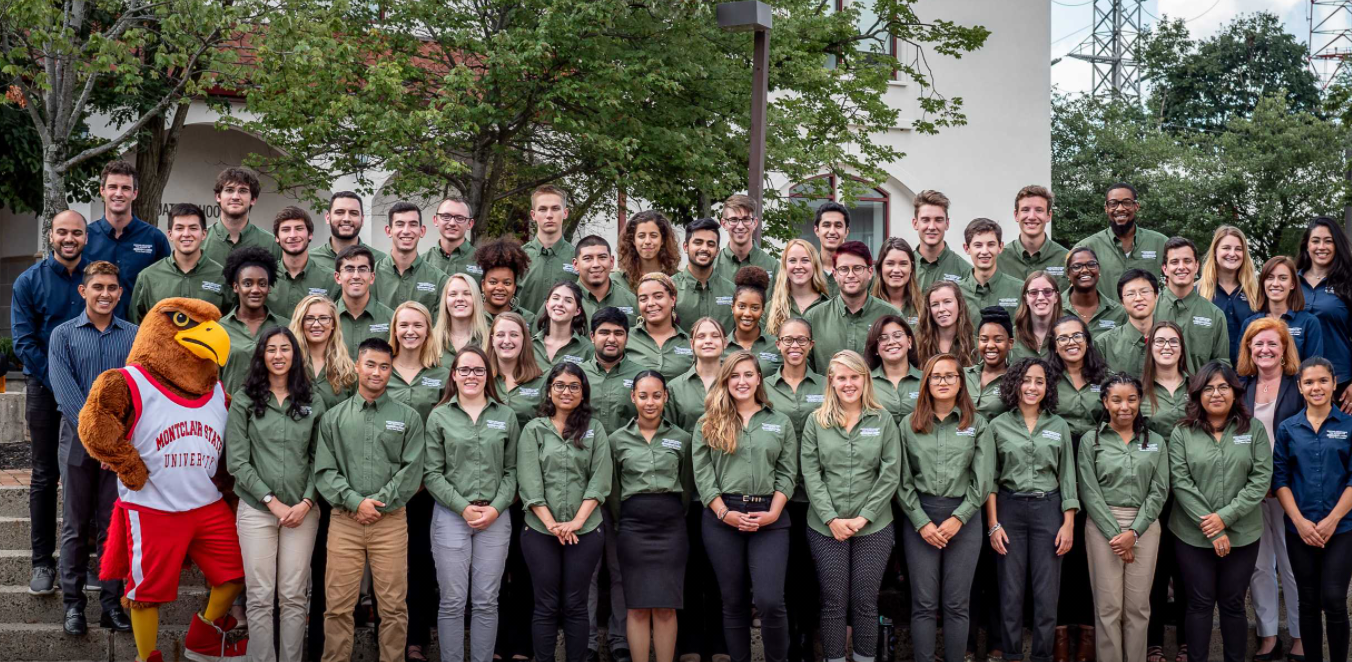Title
Oak Seedling Growth and Ectomycorrhizal Colonization are Less in Eastern Hemlock Stands Infested with Hemlock Woolly Adelgid Than in Adjacent Oak Stands
Document Type
Article
Publication Date
1-1-2008
Abstract
Invasive, non-indigenous, phytophagous insects have caused widespread declines in several dominant tree species. The decline in dominant tree species may lead to cascading effects on other tree and microbial species and their interactions, affecting forest recovery following the decline. In the eastern USA, eastern hemlock (Tsuga canadensis (L.) Carr) is declining because of infestation by the hemlock woolly adelgid (HWA; Adelges tsugae Annand). Northern red oak (Quercus rubra L.) is a common replacement species in declining hemlock stands, but reduced mycorrhizal inoculum potential in infested hemlock stands may cause oak to grow more slowly compared with oak in oak stands. We grew red oak seedlings for one growing season in declining hemlock-dominated stands infested with HWA and in adjacent oak-dominated stands. Ectomycorrhizal root tip density and morphotype richness in soil cores were 63 and 27% less, respectively, in declining hemlock stands than in oak stands. Similarly, ectomycorrhizal percent colonization and morphotype richness on oak seedlings were 33 and 30% less, respectively, in declining hemlock stands than in oak stands. In addition, oak seedlings in declining hemlock stands had 29% less dry mass than oak seedlings in oak stands. Analysis of covariance indicated that morphotype richness could account for differences in oak seedling dry mass between declining hemlock stands and oak stands. Additionally, oak seedling dry mass in declining hemlock stands significantly decreased with decreasing ectomycorrhizal percent colonization and morphotype richness. These results suggest that oak seedling growth in declining hemlock stands is affected by reduced ectomycorrhizal inoculum potential. Further, the rate of forest recovery following hemlock decline associated with HWA infestation may be slowed by indirect effects of HWA on the growth of replacement species, through effects on ectomycorrhizal colonization and morphotype richness.
MSU Digital Commons Citation
Lewis, James D.; Licitra, Jeff; Tuininga, Amy; Sirulnik, Abby; Turner, Gregory D.; and Johnson, Jacqui, "Oak Seedling Growth and Ectomycorrhizal Colonization are Less in Eastern Hemlock Stands Infested with Hemlock Woolly Adelgid Than in Adjacent Oak Stands" (2008). Presentations and Proceedings. 12.
https://digitalcommons.montclair.edu/pseg-institute_present/12



